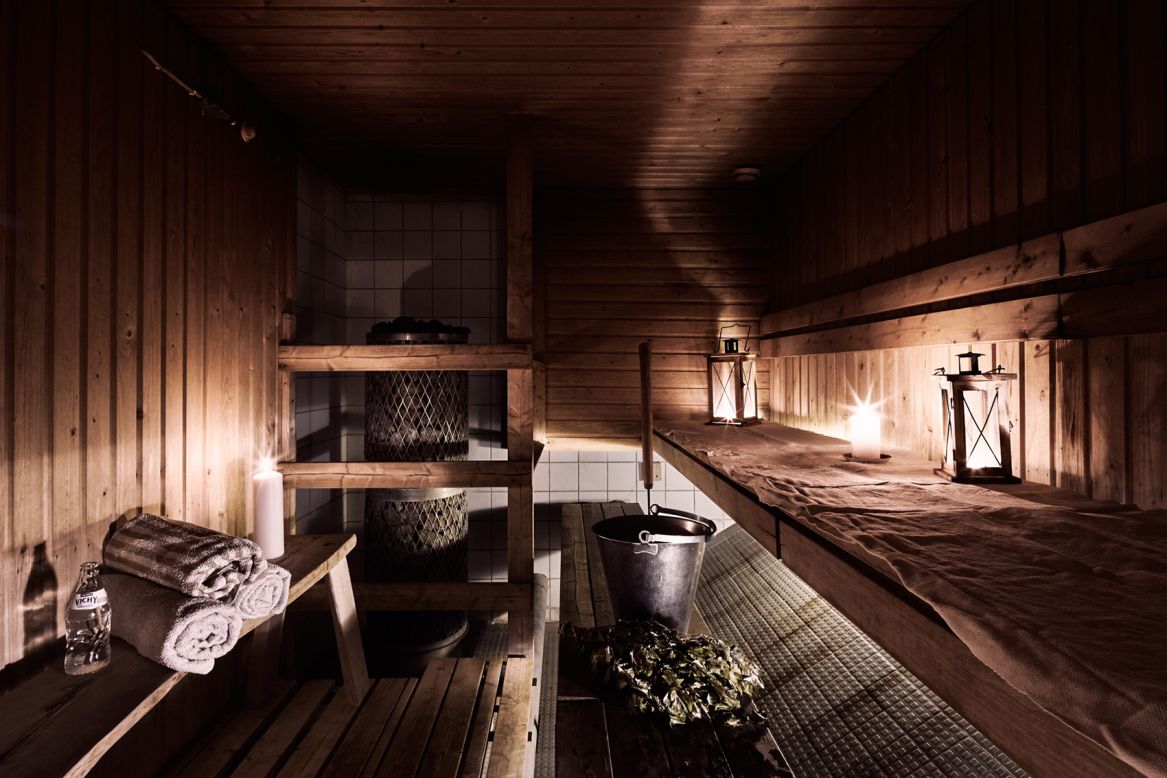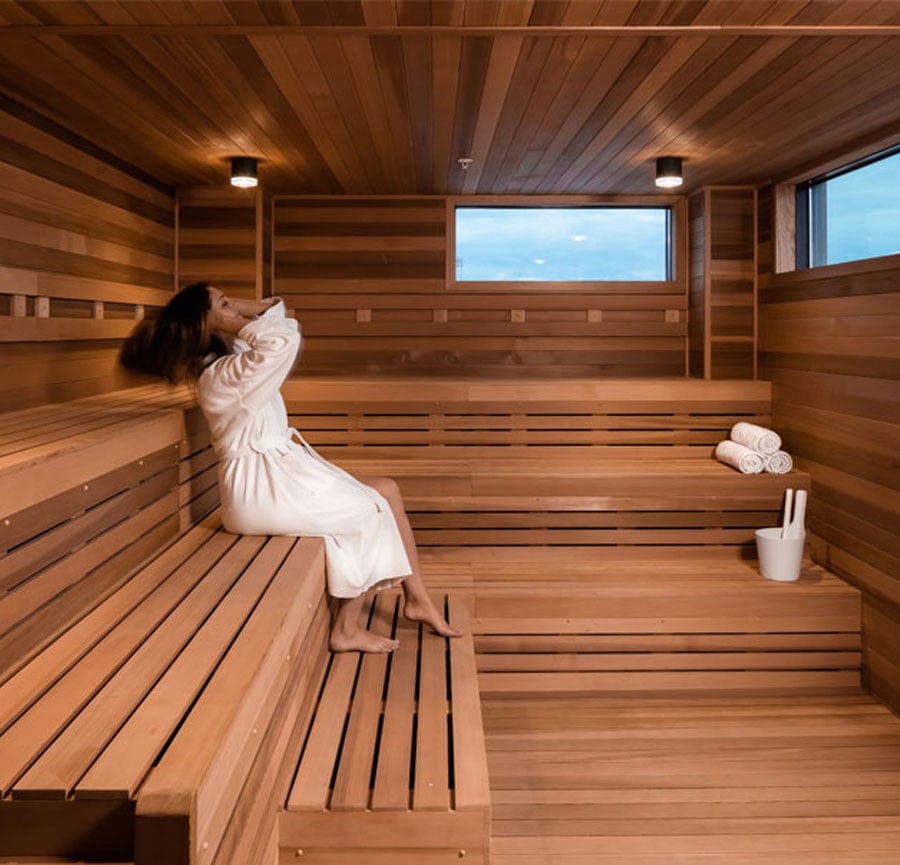More About Traditional Sauna
More About Traditional Sauna
Blog Article
The Main Principles Of Traditional Sauna
Table of ContentsTraditional Sauna Things To Know Before You BuyWhat Does Traditional Sauna Mean?Some Known Factual Statements About Traditional Sauna The Buzz on Traditional Sauna
Most of the weight lost in a sauna is water loss and is re-gained upon rehydrating. Nevertheless, undeniably sauna can be a fundamental part of a healthy weight loss program. To look at the distinctions between conventional and IR saunas, I will separate these right into proven, academic, and made differences.Therefore, the hottest point in the saunawhich is at the ceiling directly over the sauna heateris commonly between 185 and 190 F. Traditional Sauna. Claims that a conventional sauna exceeds 200 F is simply not real and not relevant for electric saunas offered in the US. The temperature for a far-infrared sauna is generally established in between 120 and 140 F; nonetheless, unlike the standard sauna, the objective in and IR room is not to achieve a high temperature level
Due to this, the temperature level difference is almost irrelevant, considering that extreme sweating results in both sauna types, but the technique of heating the body is different. In an IR sauna the bather will certainly really feel hot and will certainly sweat profusely, but at much reduced temperatures. Hence, if the objective is to invest longer periods of time in the sauna, the IR sauna is an excellent option.

Traditional Sauna - Questions
When the high temperature is accomplished, the components cycle on and off to maintain the heat. Many standard sauna customers delight in pouring water over the rocks to produce heavy steam to raise sauna moisture degrees. The advantages of putting water over the rocks consist of: making the area more comfortable, dampening the nasal flows, and permitting the use of aromatherapy by mixing important oils with the water.
In a far-infrared sauna, the warmth waves permeate the body to successfully heat up the body and increase the body core temperature. To accomplish this enhanced temperature level, Far-infrared emitters develop infrared energy which is close to the exact same wavelength as that which the body naturally emitsoften described as the "Vital Variety" of 7 to 14 microns), so the power is well obtained by the body.
When the energy goes into the body, it causes the body temperature level to raise and inevitably leads to sweating. In an infrared sauna it is very important for the emitters/heaters to continue to be on practically continuously. Considering that there is no mass of rocks to preserve heat, the sauna will certainly cool if the emitters shut down.
As mentioned above, the sauna bather in an infrared area desires to position himself before operating emitters to obtain maximum take advantage of the warmth. The home heating time for both spaces can be very various, relying on just how the rooms are made use of. For a traditional sauna, a bather needs to permit 30-40 mins for the space to accomplish a desired temperature and to effectively click over here now pre-heat the rocks.
A Biased View of Traditional Sauna
A well constructed sauna will normally accomplish a temperature level of 150-160 F in about 30-40 minutes. For hotter temperature levels, the area might require to warmth for moved here a longer duration.
To some, 15 mins was "squandered" while the infrared power heated the wood panels as opposed to heating up a body, while others locate a pre-heated room to be much more comfy and think a raised beginning temperature is required to begin perspiring. The size of recommended use for each room is roughly the exact same (10-15 mins per session); nonetheless, as a result of the reduced air temperatures and the capability to really feel the impacts of infrared warm quicker than a traditional sauna, it is not uncommon for a person to invest a total amount of 20-30 minutes in an infrared sauna.
Typical saunas often tend to be bigger (therefore use even more electrical energy) than infrared saunas, although standard saunas are certainly readily available in one and 2 person dimensions. For a two-person typical view publisher site sauna, 5x6 or 5x7 dimension is most preferred. The top bench can conveniently seat two or 3 people and is likewise long enough to relax throughout the sauna session.


The typical cost per kWH of power in the united state is around $0.11, so a 4.5 kW heater will certainly cost about $.50 to run for one hour, if the heater runs continually for one hour. Commonly a sauna heater will certainly compete 75% of the initial hour and 50% of subsequent hours on considering that the elements cycle once the set temperature is achieved.
Traditional Sauna Things To Know Before You Buy
A 2 individual far-infrared room is usually physically smaller than a traditional sauna, commonly concerning 4' x 4' or smaller. The IR heater is typically 1.5-1.7 kW using a 120 volt 15 amp plug-in service. Since the room can be utilized quicker than a sauna area, we will assume the room is used for to of an hour including warmth up time.
There is a hardly ever gone over distinction in the social experience in between the 2 areas. While our society has shed a few of the social benefit of the conventional sauna experience, it can be extremely socially fulfilling. From family time in the sauna, to heart-felt conversations with significant others, to sauna partiesthe traditional sauna experience can lead to intimate socializing.
The majority of greater end infrared areas include tinted light treatment, sound systems and full-glass fronts.
Report this page